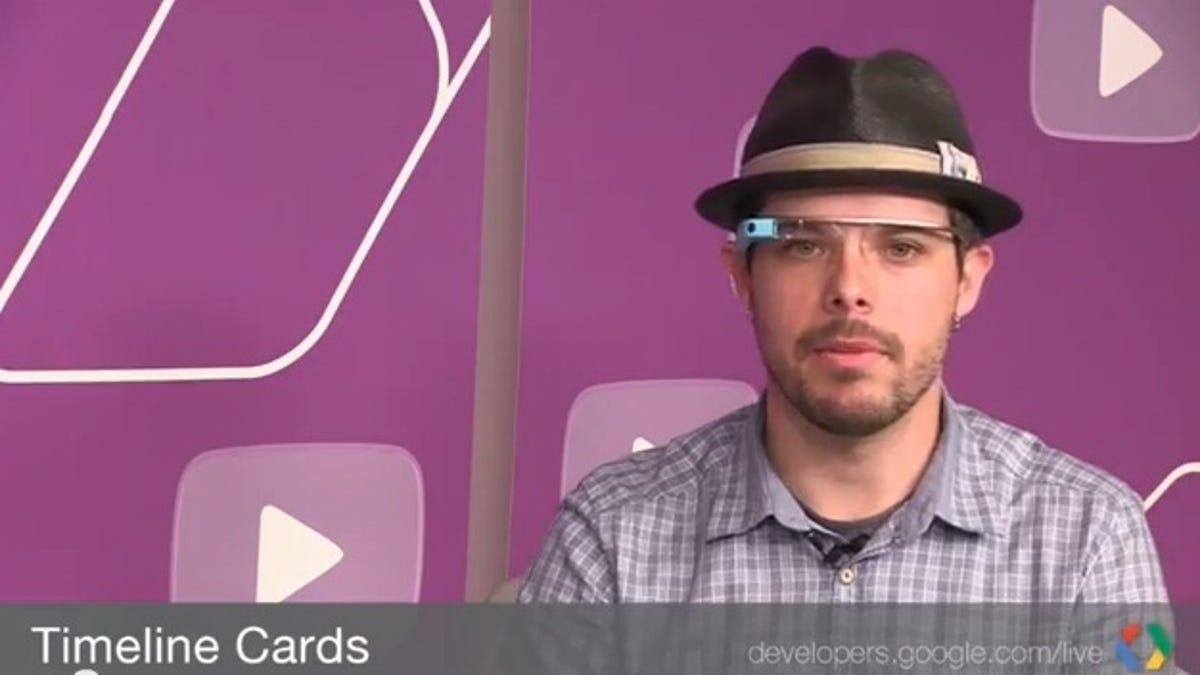Google releases Mirror API guide for Glass developers
A preview of the cloud-based app-programming interface includes quick-start guides for Java and Python, developer guides, and best practices outlines.

As the Google Glass Explorer Edition begins rolling off the assembly line, the Web giant has published documentation for the Mirror API, the programming interface that developers will use to create services for the high-tech eyewear.
Although Google Glass was already demonstrated at the SXSW conference, the new documentation goes into much more depth for writing what Google calls "Glassware," including quick-start guides for Java and Python, developer guides, and best practices outlines.
"Today we're releasing the API documentation and a bunch of example code, so even though the API is in a limited developer preview, you can start dreaming with us," Google developer programs engineer Jenny Murphy wrote today in a Google+ post.
The developer guide outlines a couple of key features of the cloud-based API, including managing timeline cards, menu items, content sharing, subscriptions to notifications, and observing users' timeline locations. It also features a Playground -- a set of tools that lets developers experiment with how content is displayed in Glass.
The developer preview emerges on the same day that Google began notifying everyone on the Glass Explorers list to say that a few of the $1,500 wearable devices had already come off the production line. Google also offered the first look at the
For more on the developer preview released today, check out the video below, one of many included in the documentation:

